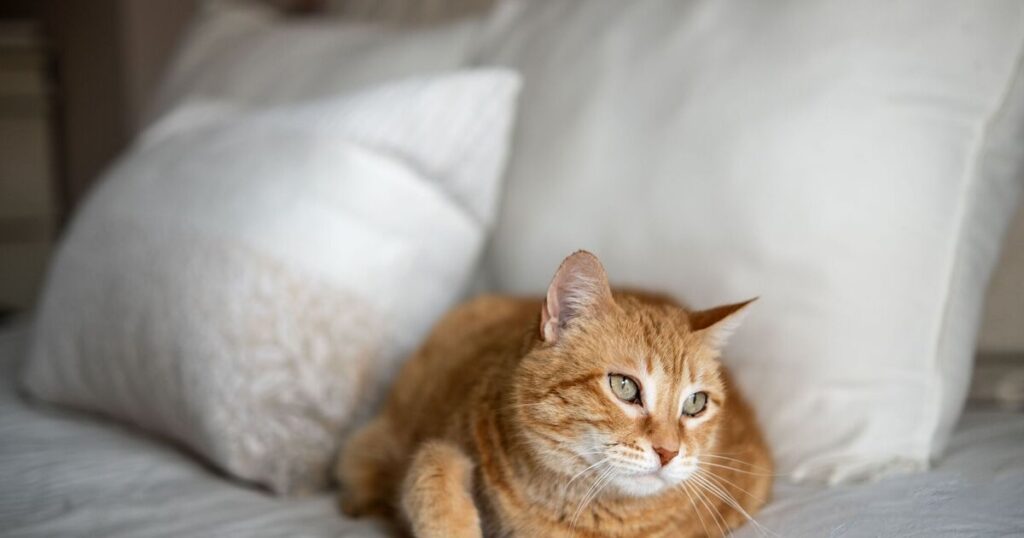
A vet has shared a number of symptoms pet owners should watch out for during summer. Hay fever is a source of summertime stress that affects up to one in five Brits, but you might be surprised to learn your pet can suffer from it too.
While humans typically experience sneezing, runny noses, and itchy eyes, pets with pollen allergies are more likely to show symptoms through their skin – such as itchiness, redness, or irritation. As the weather gets warmer and flowers, trees, and grasses release more pollen into the air, your pet’s skin can become increasingly sore and itchy.
Pets at Home Veterinary Services Director, Dr Samantha Butler-Davies MRCVS, shared the main symptoms to watch out for and the best way to treat them.
Symptoms of ‘hay fever’ in dogs and cats
Dr Sam said: “A very common symptom is itching, so it’s important to watch out for any excessive scratching, nibbling, and licking on areas including their paws, eyes, ears or mouth.
“This can cause your pet’s skin to appear red, sore, or flaky and, in very severe cases, can lead to the skin getting infected and them losing patches of fur. Make sure to seek advice from your vet if the skin becomes particularly inflamed.
“It’s also worth remembering that different kinds of pollen can trigger ‘hay fever’ in your pet, so keeping a diary of their symptoms can help you identify the most probable cause.”
Treating a pet’s ‘hay fever’
Dr Sam added: “Although there’s no cure for ‘hay fever’ there are things you can do to help treat the symptoms and make your pet more comfortable.
“It’s always best to speak to your vet to understand whether your pet’s symptoms are ‘hay fever’ and then determine which treatments would suit them best. This could include a range of different options, which your vet will discuss with you.
“It’s important to remember that skin irritation can also be caused by other conditions, including allergies to something other than pollen, such as fleas, dust mites or something your pet has eaten.
“If you’re unsure, or if you have any questions about ‘hay fever’, it’s always best to book an appointment with your vet.”
Reducing the impact of ‘hay fever’
Dr Sam said: “While you can’t prevent ‘hay fever’ entirely, there are steps you can take that can help decrease your pet’s exposure to pollen.
“If possible, avoid going outdoors when the pollen count is at its highest, which is usually around midday in the months between late March and September. It’s best to go for walks early in the morning or late at night instead, when the pollen count is lower – the Met Office shares the latest pollen forecast on its website.
“Gently wiping your pet’s coat and feet after they’ve been outside will help to remove some of the pollen. On top of that regularly washing their bedding and vacuuming the house will be beneficial by removing any pollen that has found its way indoors.”
 Latest World Breaking News Online News Portal
Latest World Breaking News Online News Portal






